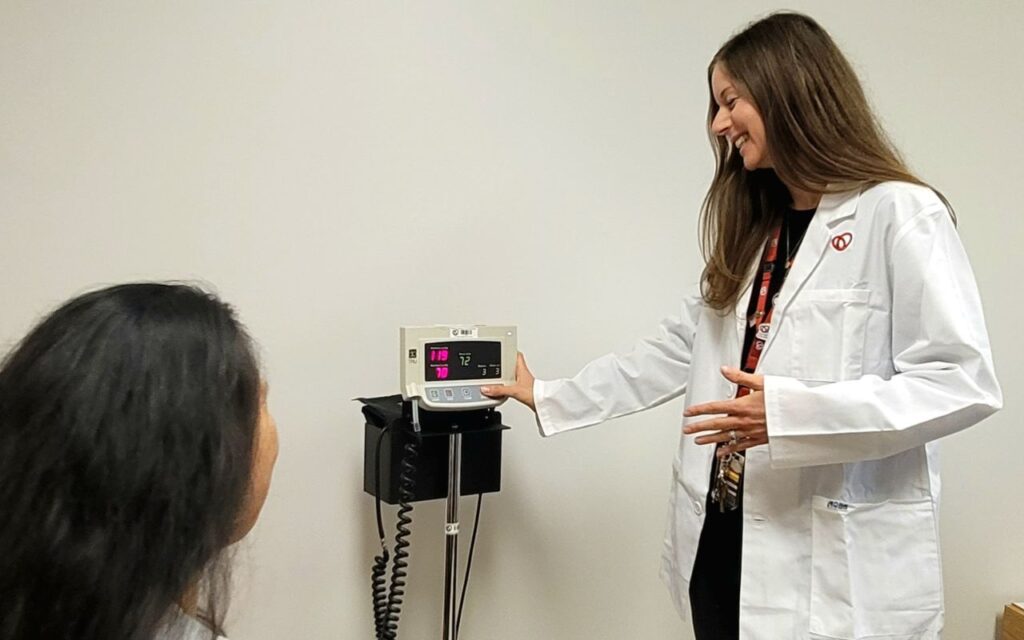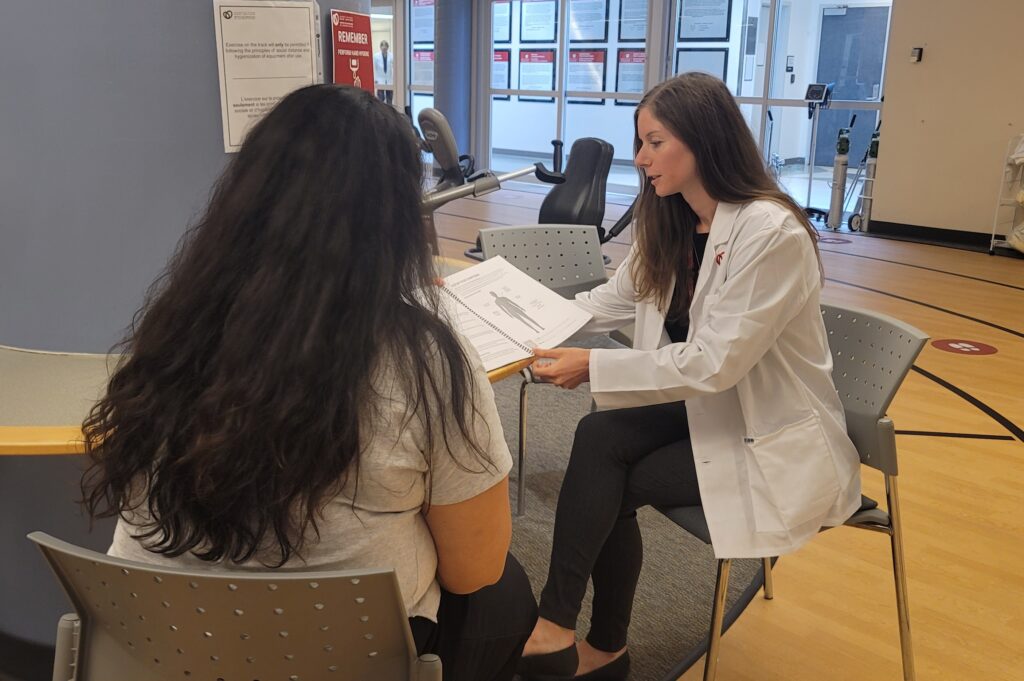
I am frustrated with how familiar this patient story has become:
It took four emergency room visits for a woman to be diagnosed with myocardial infarction with no obstructive coronary artery disease (MINOCA) – a lesser-known cardiovascular disease that primarily impacts women. Her heart disease symptoms coincided with stressful events in her life, including a divorce.
Instead of getting the cardiac care she needed, her family doctor prescribed anti-anxiety medication.
I have heard a version of this story too many times to count. I want to change the outcome for other women just like her. However, I am just one person. The more people who are armed with this knowledge, the better.
Women are most likely to present with 3+ symptoms, in addition to chest pain
Other common symptoms:
- Profound weakness & fatigue
- Light-headedness
- Palpitations
Other “must-read” resources:
Recently when I presented at a major hospital, most healthcare providers knew very little about women’s heart health symptoms and treatment. Much of this research and information is new and really emerging within the last five years.
I can say for certain that when I graduated from my nursing program in 2011, there was no mention of women’s heart health in our curriculum.
Changing hormones through women’s lifespan increases risk
Women’s changing hormones impact their heart health at different ages and stages of life.
One of the biggest influencers in terms of hormones on heart health is perimenopause and menopause. As women approach menopause, they start to lose their estrogen. Estrogen helps keep our blood vessels nice and bouncy, with good elasticity, so that the blood can flow nicely.

Once we remove estrogen, blood vessels can harden, increasing the risk of high blood pressure. Loss of estrogen also leads to high cholesterol and weight gain, especially in the form of visceral fat or tummy fat.
The timing of menopause is also an important consideration. If you start menopause before the age of 45, that puts you at a higher risk for heart disease.
For many women mid-life can bring an increase in stress, depression, and anxiety. We now know that women experience emotional stressors (like a divorce or loss of a loved one) in a way that can precipitate a cardiac event called spontaneous coronary artery dissection (SCAD). In male patients with SCAD, on the other hand, it is more likely related to their own physical overexertion.
Misdiagnosis and misconceptions about women’s heart health
At the women’s heart health clinic, we see patients with SCAD, MINOCA, and high-risk pregnancies like pre-eclampsia or gestational diabetes. SCAD and MINOCA are much more likely to present in women, and high-risk pregnancies elevate women’s cardiac disease risk.
Heart disease and signs of a heart attack can present differently in women
We are still learning all the time. For instance, for patients with a MINOCA diagnosis, initially we may not know what has caused it or how to treat it, and the process can take a while. The disease can present in ways that are far from a “typical” heart attack. I have patients that had a sore neck, have been tired for a week, and had pain in their right arm, not their left arm.
Unfortunately, that is why they sometimes delay getting help. I’ve had people say, “I was going to make a physio appointment. I thought I slept funny, and then I ended up in the emergency department,” usually because a family member persuaded them to go.

Know your risk factors
When women know their risk factors, they can make informed decisions about lifestyle changes and treatment. While in the clinic, these are the factors I look at when assessing a patient’s overall well-being and cardiovascular disease risks:
- Blood pressure: Get your blood pressure checked regularly. Learn more about hypertension.
- Cholesterol: Know your cholesterol scores.
- A “heart-healthy” diet: Balance your nutrition with healthy fat, protein, fiber, whole grains, fruit, and vegetables.
- A healthy weight: Watch out for “tummy” or visceral fat that can develop in mid-life and has been linked to an increased risk of heart disease. Learn more ways to manage weight in a healthy way.
- Diabetes risk: Know your family history and monitor any symptoms.
- A good night’s sleep: Make sure you get the right amount of sleep for you. Prioritize seven hours a night to start.
- Smoking: There is no safe amount of nicotine. However, there are more and more cessation tools to help you manage and quit smoking.
- Alcohol: For current cardiac patients, we now know that there is no safe amount of alcohol. For women in the general public, we recommend a limit of two drinks per week.
- Stress management: Learn how to manage your stressors and triggers.
- Daily physical activity: Move daily in any way you can. Try for 30 minutes total. It all adds up!
We still have a lot of advocacy, education, and work to do, but it all starts with us

As an Advanced Practice Nurse, I share this information with as many women and healthcare providers as possible when I am out in the community. I aim to empower women to understand the signs and take control of their health with more knowledge.
Today and all this month, your gift in support of women’s heart health awareness, advocacy, and research will be matched by our sponsors!
Up to 80 per cent of heart disease is preventable through physical activity and developing healthier habits – which is why we need a movement like JUMP IN – a nation-wide physical activity challenge in support of women’s heart health – to get the word out and change how women access services, healthcare, and research.
JUMP IN for women’s heart health
Within a month, you can change your lifestyle and learn much about your heart health.

That’s why I love JUMP IN and will participate again this September in the daily challenge with my team. A lot of women don’t exercise. They say they’re too busy and, you know, it’s hard. Women are often the caretakers in their lives, looking after others and prioritizing their needs.
There are different ways to get your 30 minutes a day completed. You can break it into 10-minute intervals. It could be a walk, but it could also be gardening! There is no need for a gym unless that is what you want to do. JUMP IN is a commitment to yourself and the women you love. I hope you will join me.







